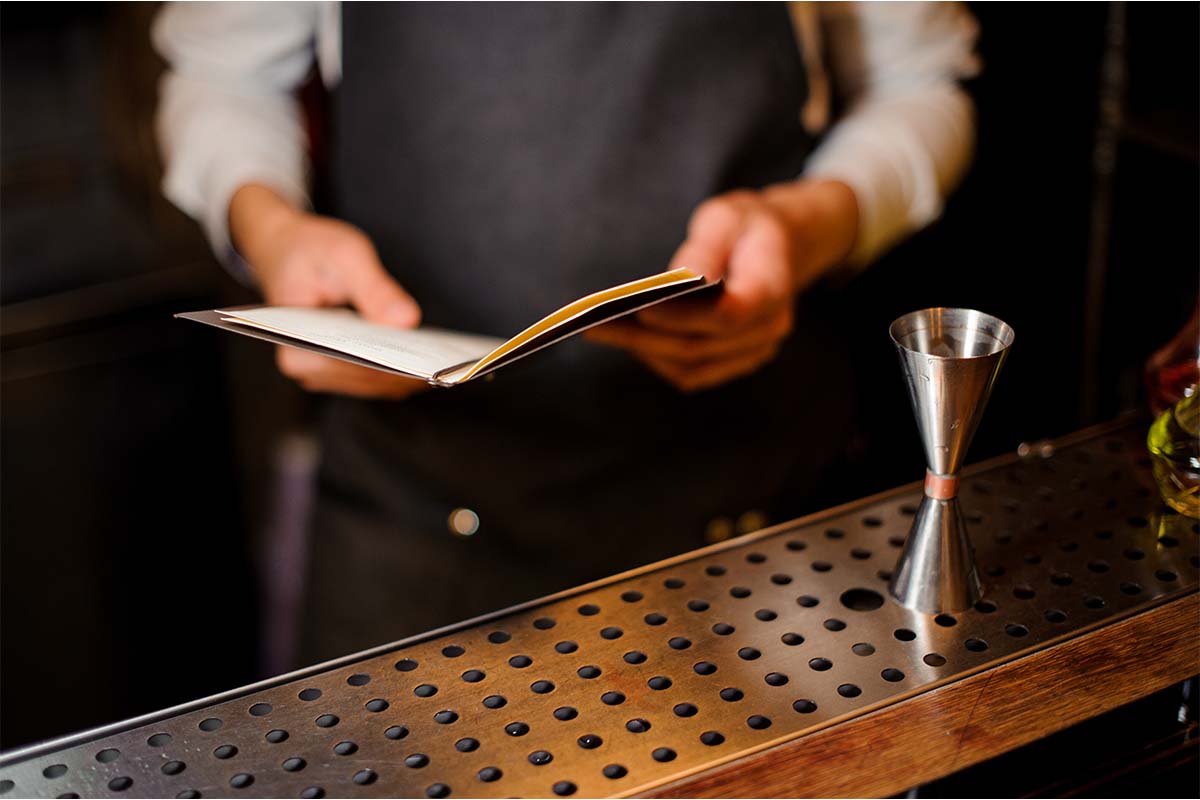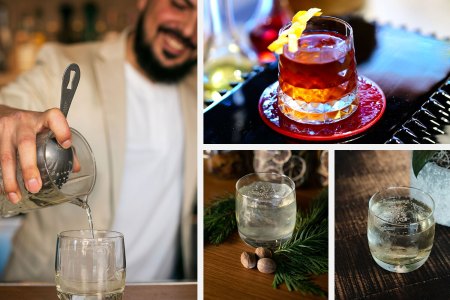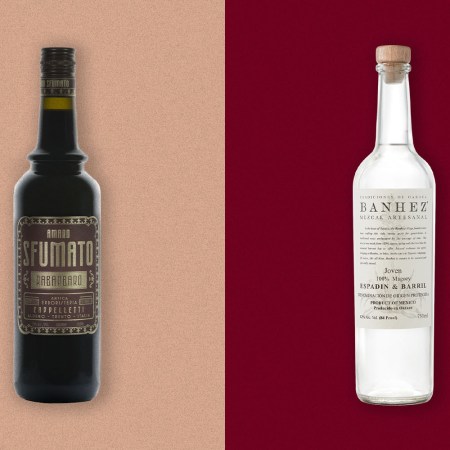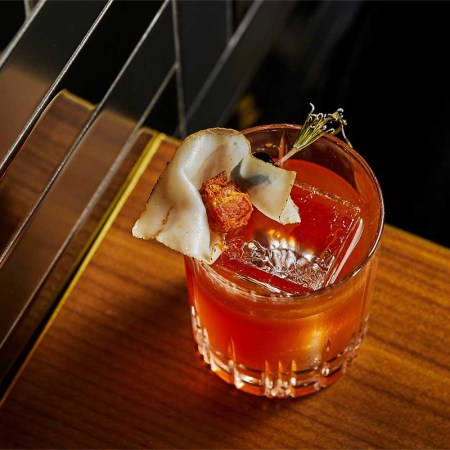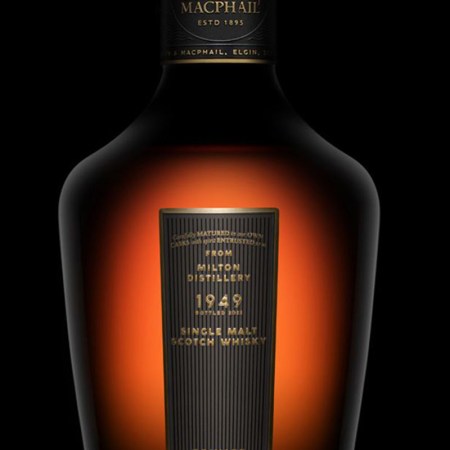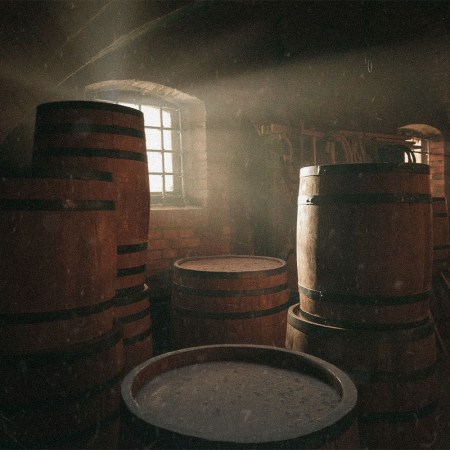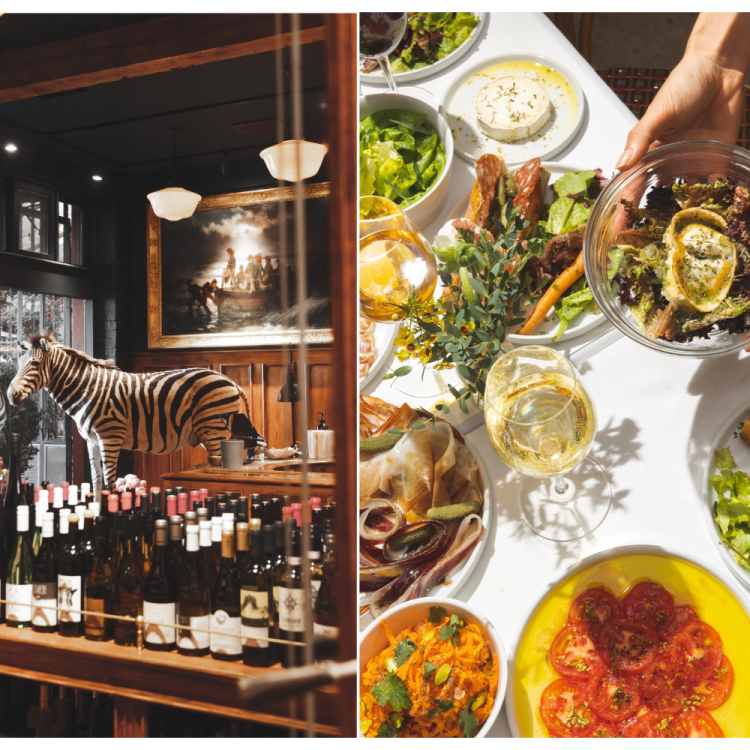We’ve all been there — you’re enjoying a great cocktail at a favorite bar or talking spirits with someone at a party, and a phrase gets thrown into the conversation that throws you off. Maybe someone is talking about preventing the “devil’s cut” in bourbon or that a fat-washed cocktail on the menu is dynamite. Instead of trying to hastily search Google on your phone, read through our list of bartender terminology and phrases commonly found in the world of spirits so you’re prepared when someone wants to talk about a “bartender’s ketchup.”
Angel’s Share
Normally associated with whiskey, the angel’s share is in reference to the amount of whiskey that disappears after the spirit is put into casks. According to Alex Thomas, the Master Blender for Bushmills Irish Whiskey, this is a process that occurs naturally. “During maturation, the cask breathes in and out — a process called oxidation,” she says. “As the cask breathes out, the alcohol molecules gradually evaporate through the cask’s porous walls, which results in the cask losing an average of 2% of its volume each year. This loss is known as the ‘angel’s share.’”
Thomas points out that without this process, the whiskey would remain clear and taste the same way it did when it came off the still. “In the past, we tried an experiment to reduce the angel’s share so more of the whiskey would remain in the cask by wrapping a cask in plastic,” she says. “We did succeed in keeping the spirit in the casks, but it didn’t transform into the beautiful golden liquid we know and love.”
There is no specific point of origin for the phrase, but the legendary explanation is that hundreds of years ago, those in Ireland and Scotland weren’t sure why some of their whiskey was disappearing. They assumed angels were coming down to nip a bit of the good stuff, and hence the saying became an integral part of whisk(e)y lore.
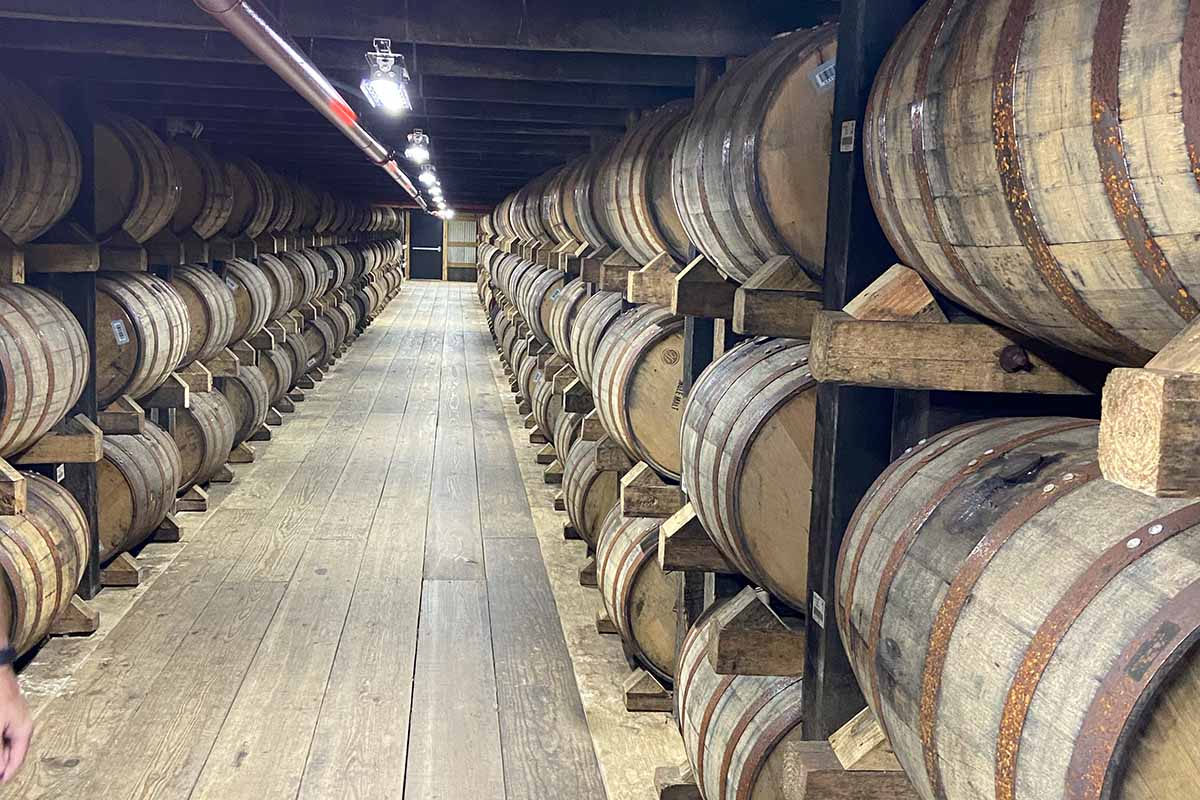
Devil’s Cut
If the angels get their share, the Devil somehow must get his. So you may also hear the phrase “the devil’s cut” floating around whiskey circles. “This refers to what is left in the barrel once it has been emptied,” says Theo Rutherford, spirits educator and whiskey expert at Bib & Tucker Small Batch Bourbon. “Because of the vigorous expansion and contraction of the barrels and the porous nature of the wood, a decent amount of whiskey can be left in the barrel. The whiskey that lurks in the staves, waiting to come out, that is the Devil’s Cut.”
This somewhat ironically works in conjunction with the angel’s share, as while that refers to the evaporation during aging, the Devil’s cut is what has gone into the wood of the barrel. “Once the barrel is dumped, and if it’s a whiskey that has been in the barrel for a particularly long time, the devil’s cut can account for up to five gallons of something that’s around 100 proof,” Rutherford says.
But similarly to the angel’s share, there’s a losing battle to be fought here. “If we tried [to prevent it], the barrels would become just a container and not give us the characteristics that make whiskey so wonderful,” Rutherford says. “So, while from a business standpoint, your profit staying in the staves themselves isn’t great, we need it for the quality and uniqueness of the whiskey itself.”
Bartender’s Handshake
Maybe you’ve seen a drink on the menu named the Bartender’s Handshake or even a bar itself named after this industry phrase. But it doesn’t mean you’re required to reach out and grab the bartender’s hand. “It’s kind of like the concept of a secret handshake — think the Freemasons,” says Aaron DeFeo, proprietor and bar director at Phoenix’s Little Rituals. “It signifies that one is part of the industry, in the club of sorts and likely to be a guest worth knowing.”
Christiaan Röllich, the bar director for Fat Ox, The Mission and Zinc Bistro, agrees. “Think of it like a handshake and ‘thank you for coming by’ from one industry professional to another,” he says. “It’s a shot from one bartender to the other, most commonly Fernet Branca.”
“It’s the gesture of ordering or providing shots of specific liquor,” DeFeo says. “Fernet comes to mind first, followed by mezcal, pours of sherry or other obscure amari.” But why would bartenders choose fernet, a type of Italian amaro with a flavor that’s not for everyone? The tradition caught on in San Francisco in the early 2000s, and there’s a theory that it was industry professionals in the Italian North Beach area that started sharing Italy’s digestivi with their fellow bartenders. But you can run across handshakes that are regional, like Malort in the Chicago area or even specialty shots the house keeps off-menu for pros only.
Bartender’s Ketchup
If hear people discussing “bartender’s ketchup,” it’s not about the eponymous condiment. However, the concept of what ketchup does applies to this industry phrase. “It’s just like adding ketchup because it’s the universal condiment of many types of fast foods,” says Paul Sauter, bar director of The Aviary and The Office. “For the bar world, if a cocktail lacks that certain something, you add ‘ketchup,’ like elderflower liqueur.”
Sauter is referencing the meteoric rise of St-Germain, which shot to prominence in the last decade as one of the most versatile bottles in a bartender’s hands. But while St-Germain may have helped put the phrase on the map, DeFeo believes it’s not the only one worthy of the bartender’s ketchup title. “The term could reference any ingredient that might be considered versatile based on a broadly palatable flavor profile or other novel taste,” he says. “Perhaps it’s an ingredient that, through marketing endeavors, has found its way into the creative process of a majority of bar menus and cocktails.”
Want to Try Fat-Washing Your Cocktails at Home? Here’s How.
Bay Area bartenders are here to help, whether you’re using bacon fat or coconut creamFat Washing
This is a more modern term being thrown around these days, and if you’re wondering how fat was washed into your cocktail, the explanation is a little more science-driven than you might think. “Fat washing is when you use the fat of a protein to infuse flavor into whatever liquid you want,” Sauter says. It develops a fat cap overnight, and you have to crack it to get the liquid out, usually straining it”
Nearly any sort of edible lipid can be used to varying degrees of success in this process, but according to DeFeo, it works best with fats that will coagulate at or just below room temperature and don’t require sub-zero temperatures to solidify. “It can impart flavor and mouthfeel to a spirit,” he says. “The process itself has been around for decades, mostly used in other industries such as perfume. It grew to prominence in the cocktail world through the endeavors of a few New York bartenders and chefs in the mid to late 2000s.”
Join America's Fastest Growing Spirits Newsletter THE SPILL. Unlock all the reviews, recipes and revelry — and get 15% off award-winning La Tierra de Acre Mezcal.
